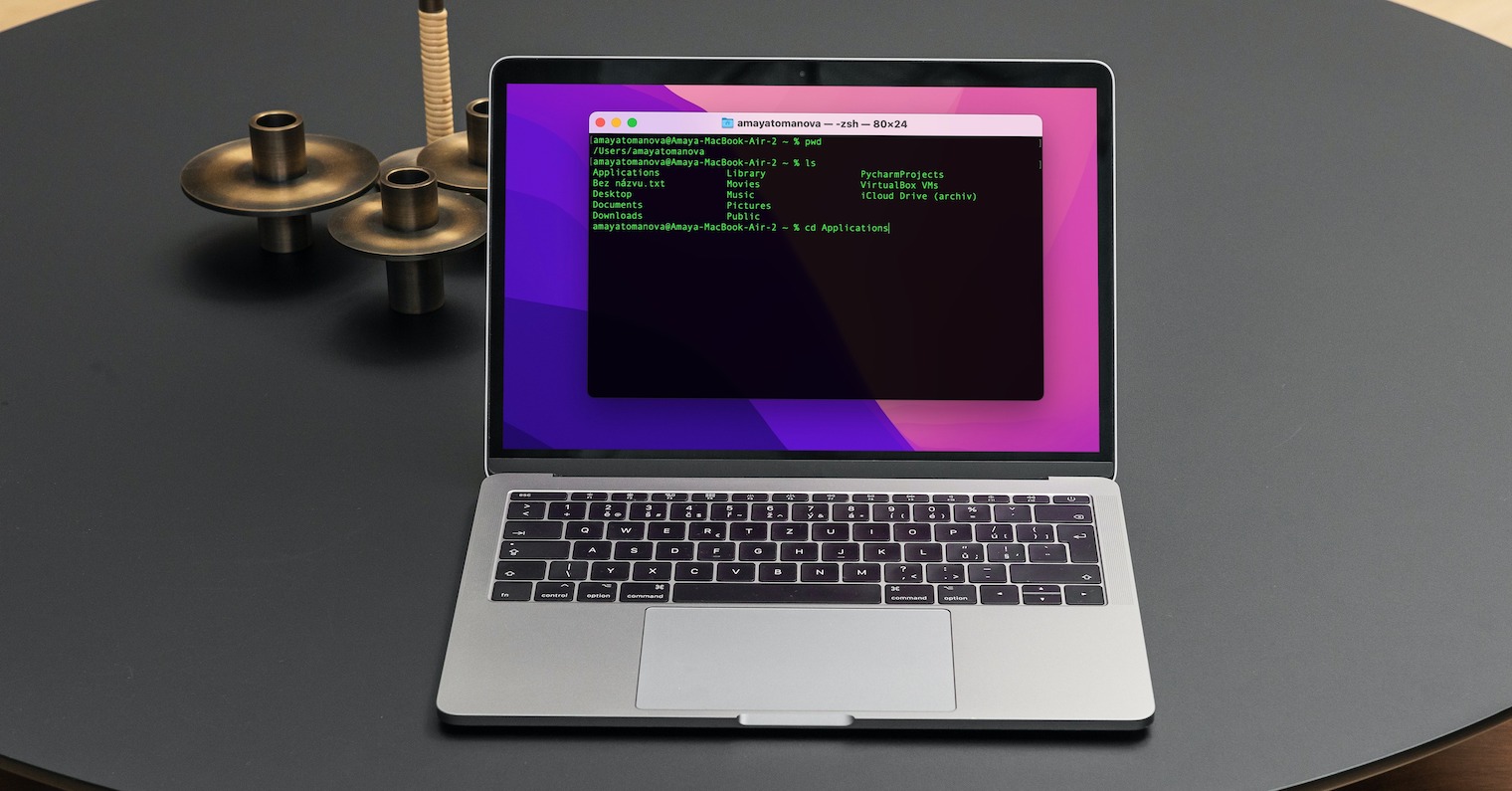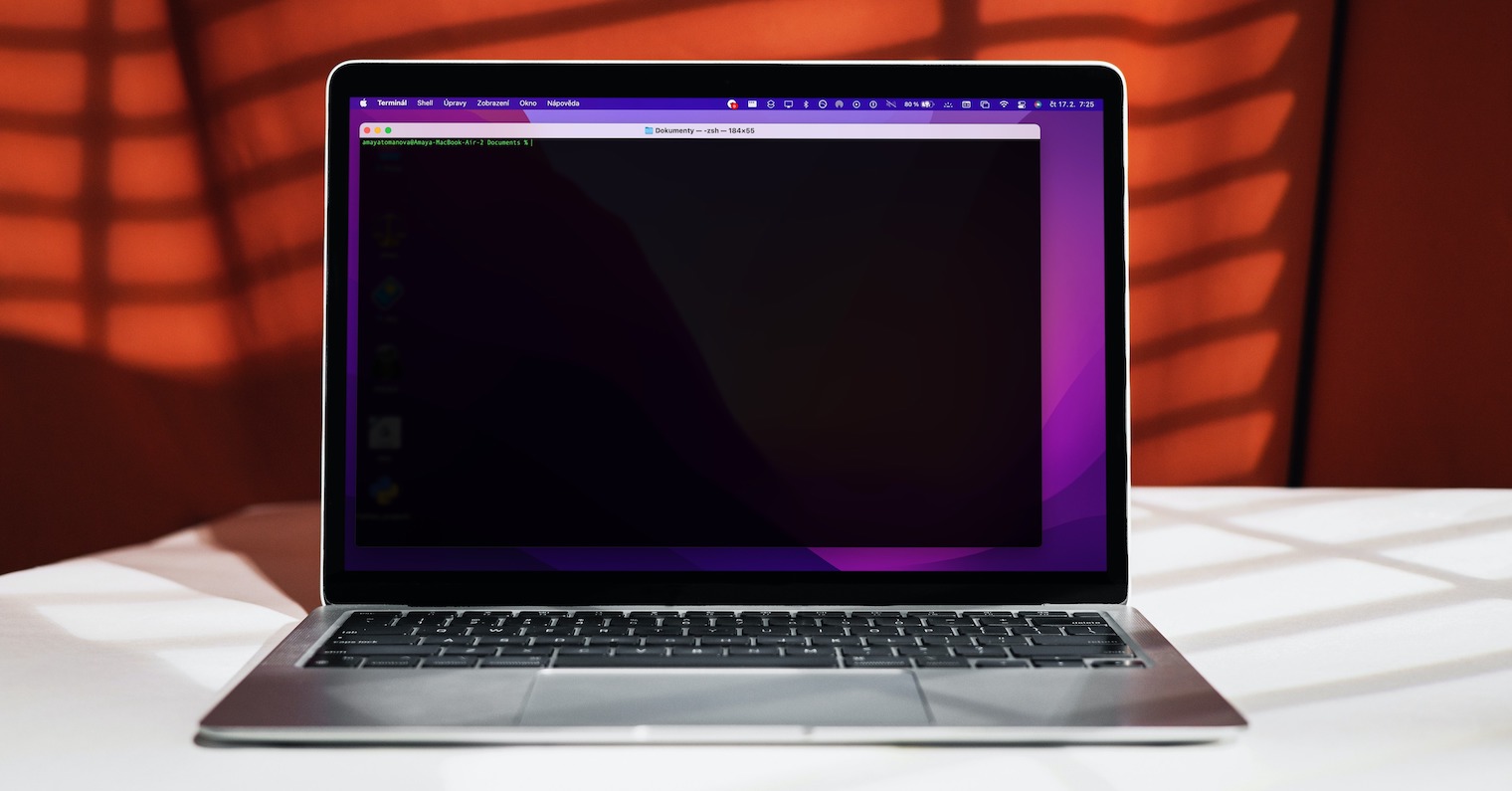If you have experience with Linux distributions, the term "package manager" will not be unfamiliar to you. For example, what Yum or Apt is to Linux, Homebrew is to Mac. And just like in the case of Linux, in Homebrew you install, manage and uninstall software from the command line in the native Terminal environment. Homebrew can handle installing software from all possible sources.
It could be interest you

What is Homebrew
As we mentioned in the perex of this article, Homebrew is a software package manager for Mac. It is an open-source tool that is free and originally written by Max Howell. Individual packages are downloaded from online repositories. Although Homebrew is mostly used by developers or advanced users who work or study in the IT field, interesting packages can also be downloaded by ordinary users - we will take a closer look at useful packages and their use in one of our next articles.
It could be interest you

How to install Homebrew on Mac
If you want to install Homebrew on your Mac, open the native Terminal and enter the command in the command line /bin/bash -c "$(curl -fsSL https://raw.githubusercontent.com/Homebrew/install/HEAD/install.sh)". If you happen to decide in the future that you no longer need Homebrew on your Mac, or want to reinstall it for any reason, use the command in Terminal /bin/bash -c "$(curl -fsSL https://raw.githubusercontent.com/Homebrew/install/HEAD/install.sh)".
Useful commands for Homebrew
We already described the commands for installing and uninstalling Homebrew in the previous paragraph, but there are many other commands. For example, if you want to update Homebrew, use the command in Terminal brew-upgrade, while you use the command to update installed packages brew update. The command is used to install a new package brew install [packagename] (without the square quotes), you use the command to uninstall the package brew cleanup [package name] without square quotes. One of Homebrew's features is the collection of user activity data for Google Analytics - if you don't like this feature, you can simply disable it using the command brew analytics off. Use the command to list all installed packages brew list.



